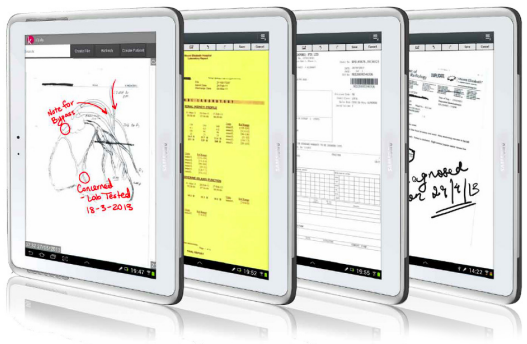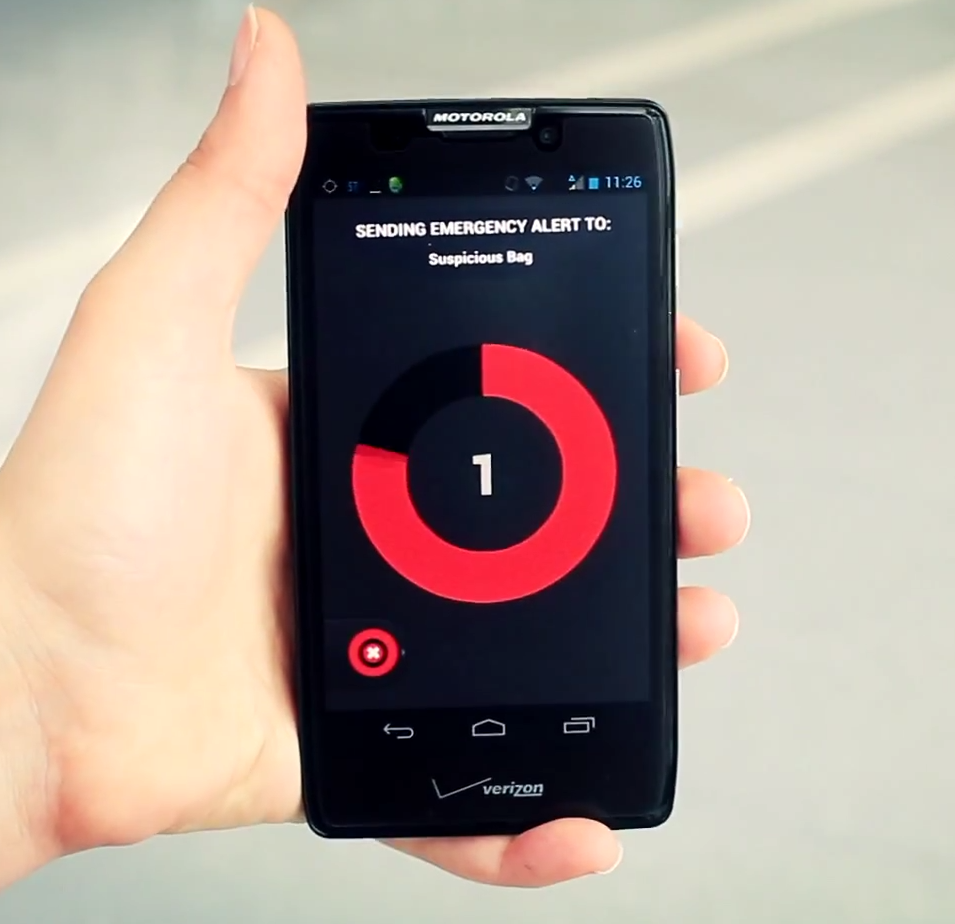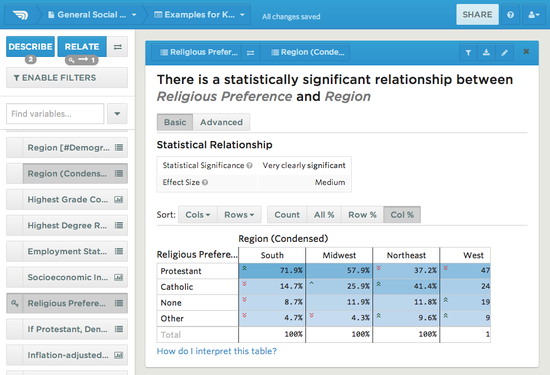 A Q&A with Klinify co-founder and CEO Surendran Krishanthan. The Singapore-based startup last week announced the closing of a $600,000 Seed funding round, led by Jungle Ventures. It was founded in 2011 and previously raised $40,000 between the SPRING Singapore grant and Angel funding. The company is also an alumnus of JFDI (The Joyful Frog Digital Incubator).
A Q&A with Klinify co-founder and CEO Surendran Krishanthan. The Singapore-based startup last week announced the closing of a $600,000 Seed funding round, led by Jungle Ventures. It was founded in 2011 and previously raised $40,000 between the SPRING Singapore grant and Angel funding. The company is also an alumnus of JFDI (The Joyful Frog Digital Incubator).
SUB: Please describe Klinify and your primary innovation.
Krishanthan: Klinify helps doctors migrate to electronic records using tablet computers in a way that avoids them needing to change their workflow. This makes migration to Klinify’s system swift and painless, [and] minimizes the required training and downtime.
Because it brings patient records into the electronic realm it unlocks significant opportunities to integrate clinical operations seamlessly across partners.
Klinify solves the problems associated with paper-based records—storage, management, and inability to collaborate.
SUB: Who are your target markets and users?
Krishanthan: Private medical practices and small- or medium-medical centers; basically doctors who own and manage their own practices.
 SUB: Who do you consider to be your competition, and what differentiates Klinify from the competition?
SUB: Who do you consider to be your competition, and what differentiates Klinify from the competition?
Krishanthan: Klinify does not change the workflow processes of doctors, which go as deep as their thought process. Thought process is affected by the style in which they peruse a patient file, how they take down notes.
Other solutions require doctors to become data entry clerks; it forces doctors to change their workflow to fit the system. It would require them to type reports into small text boxes, whereas with Klinify, they just annotate on top of it just as they would with paper-based records.
Our closest competitor is Evernote. But Evernote has privacy issues—all documents are OCR, [it] does not fit the workflow of a clinical practice, and is not reliable—if the Internet goes out, you can’t access data.
SUB: You just announced that you’ve raised $600,000 in Seed funding. Why was this a particularly good time to raise funding?
Krishanthan: We have validated the product and customer demand. Now it’s all about executing, completing product development and deploying. The funding will give us the ability to employ the needed resources to pursue this venture.
SUB: How do you plan to use the funds?
Krishanthan: Primarily for product development purposes and for customer support for doctors in Singapore.
SUB: What was the inspiration behind the idea for Klinify? Was there an ‘aha’ moment, or was the idea more gradual in developing?
Krishanthan: Well, I was motivated to go into the medical industry after I lost my best friend to Leukemia. He had difficulties finding good oncologists, and getting ahold of his own medical data was an issue. I met my co-founder at the university and we started to dabble with some random ideas initially for about six months. Once we were comfortable with each other’s working style, we dived into solving the problem of helping patients find the right doctors and make appointments seamlessly—ZocDoc basically. We received the Spring Yes grant of S$50,000, we were still in the university, and we tried to get traction for the product, but it failed miserably. It was called ‘Doctree.asia.’ The product was more of a vitamin than a painkiller. But, we learned doctors were restive to adopting new technology, despite all the high-tech based surgeries they performed, and so we spent the next six months trying to understand why they were so resistive to new technology. We eventually found out that they hated a change in workflow process, and that went as far as their thought process when it came to consulting a patient. They are so used to certain patterns of working, and this is unique for each doctor, that any change disrupts their train of thought. This was a key insight.
Once we were in JFDI, we understood customer development concepts well—lean startup principles—and went back to square one to identify a problem worth solving. We eventually found out that patient record management was a huge pain for most doctors. In fact, we heard this time-and-time again when we went around selling the first product, but we just didn’t have the right attitude where we listened to the customers. So, the problem combined with the key insight led to the idea. So yeah, there was an ‘aha’ moment, but it took a long time.
SUB: What were the first steps you took in establishing the company?
Krishanthan: Well, my partner and I were college undergrads when we decided we have to strike it out on our own. Here were two college kids with no idea what to do, so we decided the best thing to do was to register the company so that we took ourselves seriously. We did a lot of reading—reading about previous startups and how they were founded, failure stories, and startup-related books.
SUB: How did you come up with the name? What is the story or meaning behind it?
Krishanthan: [I] have a blog post about this! [read the post here: http://goo.gl/7n0rXg]
SUB: Do you have plans to seek additional outside funding in the near future?
Krishanthan: Yes. We want to expand to India [and] Japan, and external funding would definitely help. The networks associated with the funding are more important to us. By near future we are looking at about one-and-a-half years.
SUB: What have the most significant challenges been so far to building the company?
Krishanthan: The toughest challenge is finding good technical talent in Singapore. Local schools aren’t producing enough computer engineers, and the anti-foreign talent policies are not helping.
SUB: How do you generate revenue or plan to generate revenue?
Krishanthan: We are innovating here as well. We see consumerization of health coming sooner than later, and so we are going with a per-patient, per-visit model. It ranges from S$0.20-to-$6, general physicians to interventional specialists. We are in the midst of firming up the structure, but generally it’s based on usage patterns and data load. The idea is that it brings more value to patients than doctors, and so patients pay the premium. We collect from doctors on a monthly basis.
SUB: What are your goals for Klinify over the next year or so?
Krishanthan: To complete product development—by complete I mean reaching a 60 percent feature offering level—and deploy it at about 20 clinics in Singapore.












